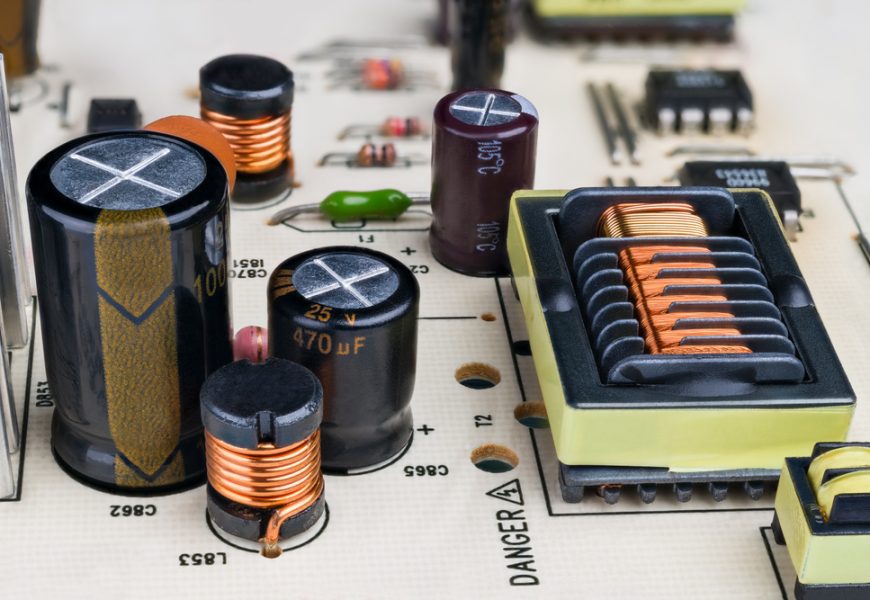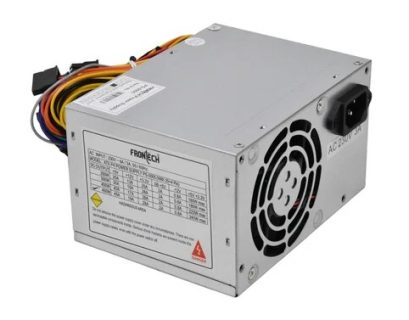In the world of IT hardware and technology, power management is a crucial aspect of ensuring the longevity and performance of devices. One of the most important components that play a significant role in power management is the computer transformer. Whether you are dealing with personal computers, servers, or complex networking systems, transformers are an integral part of maintaining stable and efficient power supply systems. This guest post will dive deep into what computer transformers are, their different types, and their importance within the realm of IT hardware and power supplies.
What is a Computer Transformer?
A computer transformer is a device that converts electrical energy from one voltage level to another. Transformers work by using electromagnetic induction to transfer electrical energy between circuits. The primary function of a transformer in a computer system is to manage the power supply, ensuring that the devices receive the correct voltage required for their operation. This conversion process is critical, as different components and hardware within a computer or IT setup may require different voltage levels to function optimally.
Transformers are essential for maintaining efficiency and safety in IT hardware systems. By regulating the voltage levels, they protect components from damage that could result from power surges or fluctuations. For instance, in computer hardware and power supplies, transformers are utilized to step down the high voltage from the main power supply to lower levels suitable for the computer’s internal circuits.
Types of Computer Transformers
When it comes to Computer Transformers, there are various types designed to meet the specific needs of different systems. The most common types include:
- Step-Down Transformers: These are perhaps the most widely used transformers in computers. A step-down transformer reduces the high voltage from the power source to a lower, safer voltage level. For example, it may convert a voltage of 220V down to the lower voltage levels that the computer’s internal components need, such as 12V or 5V.
- Isolation Transformers: An isolation transformer is used to isolate the computer system from the main power source. This type of transformer is crucial for safety, as it prevents direct electrical connection between the power supply and the computer. It helps protect against electric shocks and reduces the risk of damage to sensitive computer hardware.
- Pulse Transformers: These transformers are typically used in computer circuits for signal transmission and amplification. Pulse transformers are essential for ensuring that data and signals are transferred efficiently within the computer system, without interference.
- Autotransformers: An autotransformer is different from traditional transformers as it has only one winding, which acts as both the primary and secondary winding. Autotransformers are often used in situations where the voltage change required is not significant. They are known for being compact and efficient, making them suitable for certain specialized computer hardware setups.
The Role of Transformers in IT Hardware and Technology
Transformers are indispensable components in the IT industry. From ensuring that computer servers run smoothly to maintaining power stability in networking equipment, transformers contribute significantly to the overall functioning of IT hardware. Here’s a closer look at how transformers are integrated into various aspects of computer technology:
1. Power Supply Units (PSUs)
In computers, the power supply unit (PSU) is the component responsible for supplying power to all internal parts of the system. Within a PSU, transformers play an essential role by converting the high voltage from the mains into lower voltages needed by the computer components. This is vital for maintaining the stability and safety of the system, preventing potential overheating or damage to components.
IT hardware, particularly in high-performance and server environments, often relies on robust Power Supplies that integrate transformers to maintain optimal efficiency and reliability. Whether it’s a gaming PC, a workstation, or an enterprise server, the transformer within the PSU ensures that each component receives the appropriate voltage.
2. Uninterruptible Power Supplies (UPS)
An uninterruptible power supply is another crucial element in IT hardware setups, especially for critical computing environments like data centers and network infrastructure. UPS systems use transformers to regulate and provide continuous power to computer systems during outages. This helps prevent data loss and hardware damage due to sudden power failures.
Transformers in UPS systems help to stabilize and manage the power flow, ensuring that computer hardware and IT systems remain functional even when the primary power source is disrupted. This makes them a critical technology for businesses that rely on continuous uptime.
3. Voltage Regulation and Safety
Computers and IT hardware systems are sensitive to fluctuations in power supply. Transformers play a critical role in voltage regulation, maintaining a consistent and stable voltage supply to computer components. This is crucial in preventing malfunctions, hardware failures, and even potential fire hazards caused by power surges.
By converting and regulating the voltage, transformers protect various IT components like motherboards, processors, graphics cards, and storage devices. In modern computer systems, where components are becoming increasingly powerful and sophisticated, having a reliable transformer ensures that the systems run efficiently and safely.
Computer Transformers and Efficiency in Modern IT Hardware
As technology evolves, the efficiency and design of transformers continue to improve, making them even more critical to modern IT hardware. Energy efficiency has become a major focus, as businesses and individuals look to reduce power consumption and minimize environmental impact.
1. Transformer Efficiency in Data Centers
Data centers are large-scale IT operations that require an immense amount of power to run and maintain. The transformers used in data centers are designed to be highly efficient, ensuring that power is distributed effectively throughout the servers and networking equipment while minimizing losses. Energy-efficient transformers help reduce overall electricity consumption and lower the operational costs of data centers.
2. Eco-Friendly Transformer Solutions
With growing concerns about environmental impact, manufacturers are now producing transformers that are not only energy-efficient but also eco-friendly. Transformers made from high-quality materials and with advanced designs can achieve higher efficiency levels while reducing heat generation and minimizing losses. This results in a reduction in energy waste, which is particularly important for IT hardware systems that run continuously.
Choosing the Right Transformer for IT Hardware
Selecting the right transformer for IT hardware depends on the specific requirements of the system. Whether it is a standard desktop computer, a server, or specialized equipment like a network switch, understanding the voltage and power requirements is essential. Factors to consider include:
- Power Capacity: The transformer should be capable of handling the power load of the system it is supporting. For high-performance servers or gaming PCs, a robust transformer that can manage higher power loads is necessary.
- Efficiency: Energy efficiency ratings and certifications are important when choosing a transformer. Higher efficiency transformers reduce energy loss and help lower electricity bills.
- Safety Features: Transformers designed with safety features like overcurrent protection, isolation, and thermal management ensure that the IT hardware remains safe from electrical hazards.
Conclusion
Computer transformers are vital components in the IT hardware ecosystem, ensuring that devices receive the right voltage for optimal operation. By converting and regulating power, they protect sensitive computer components, enhance energy efficiency, and contribute to the overall stability and safety of Technology systems. As IT and computing needs continue to evolve, the role of transformers in ensuring the reliable and efficient operation of computer hardware remains crucial.
Investing in high-quality transformers tailored to your specific needs not only ensures the longevity of your IT systems but also contributes to energy conservation and cost savings in the long run. Understanding the various types and functions of transformers will help you make informed decisions, ensuring that your IT hardware operates at its best.

















